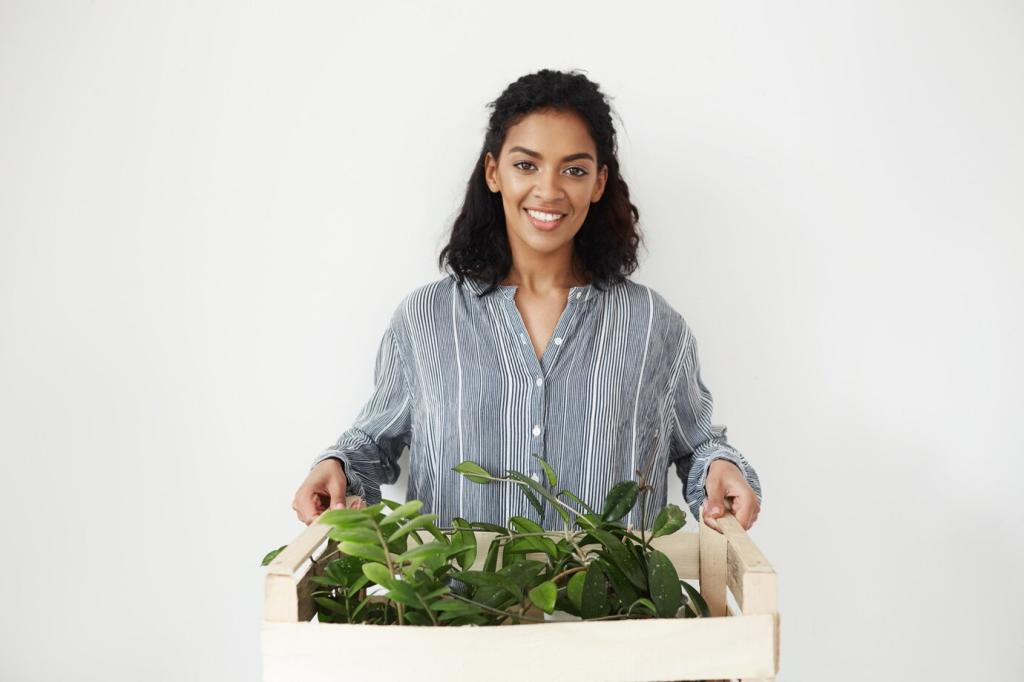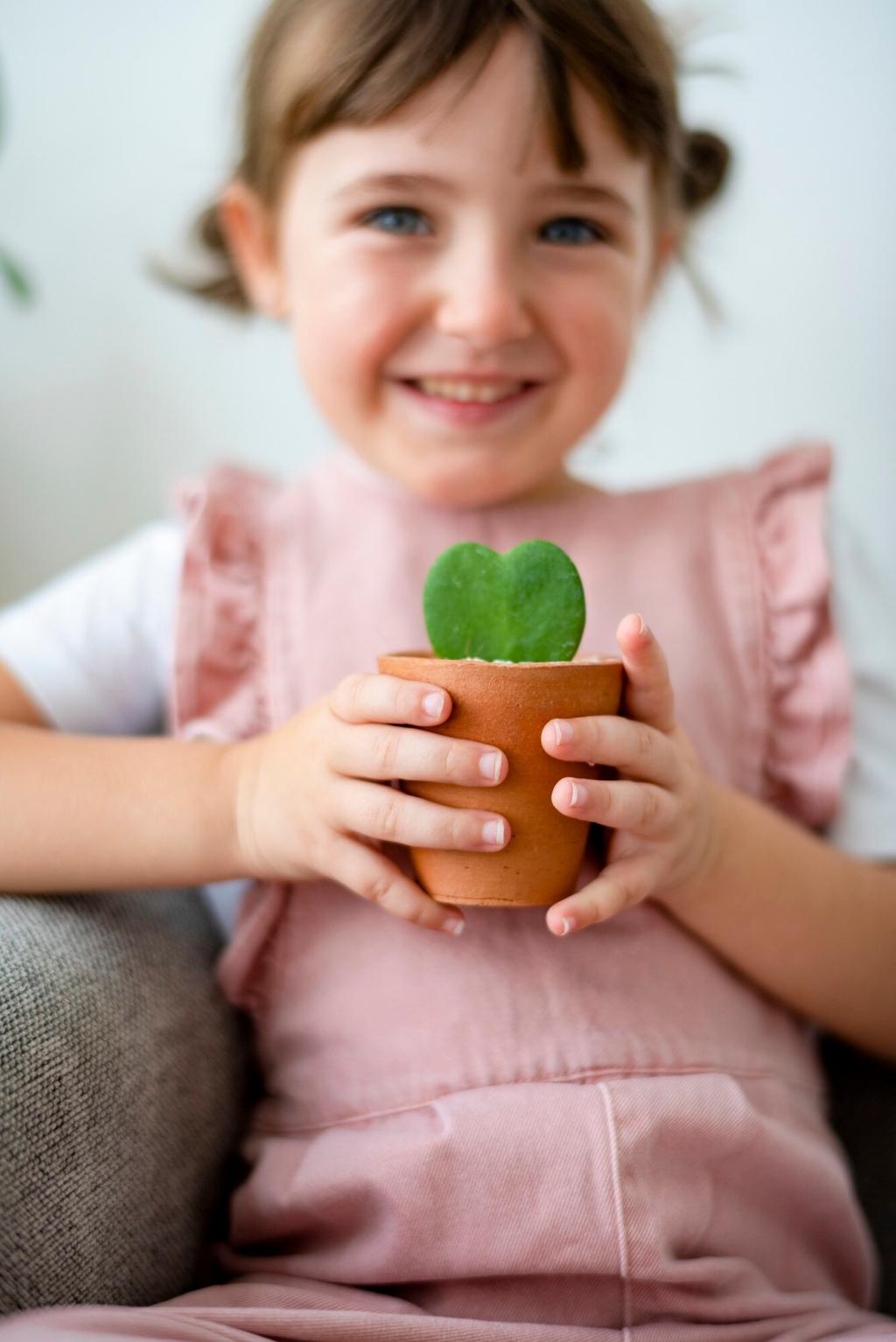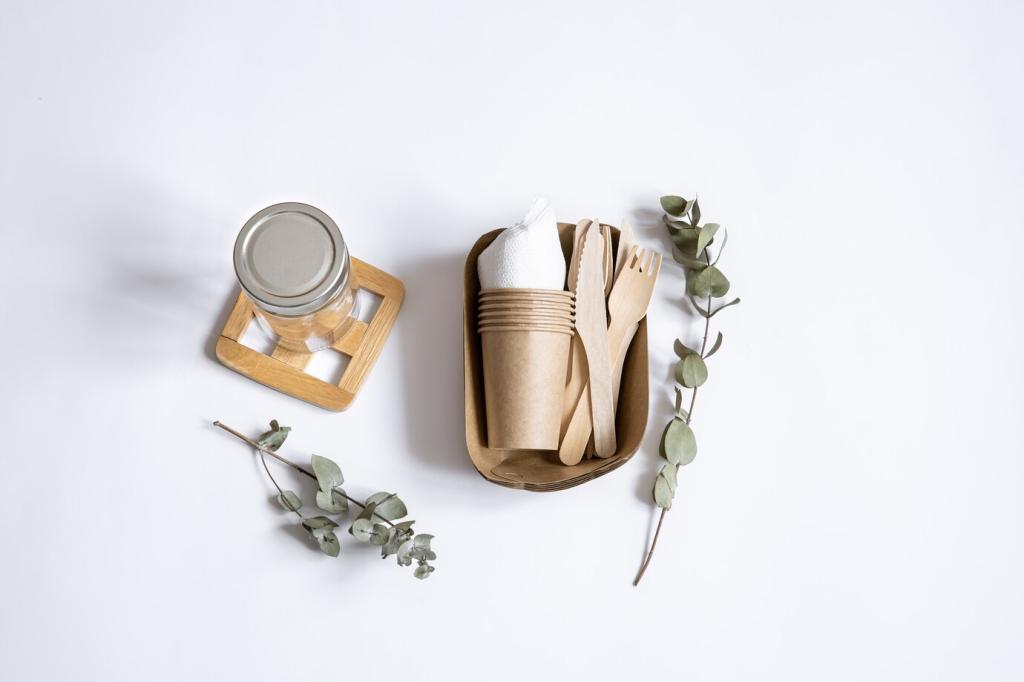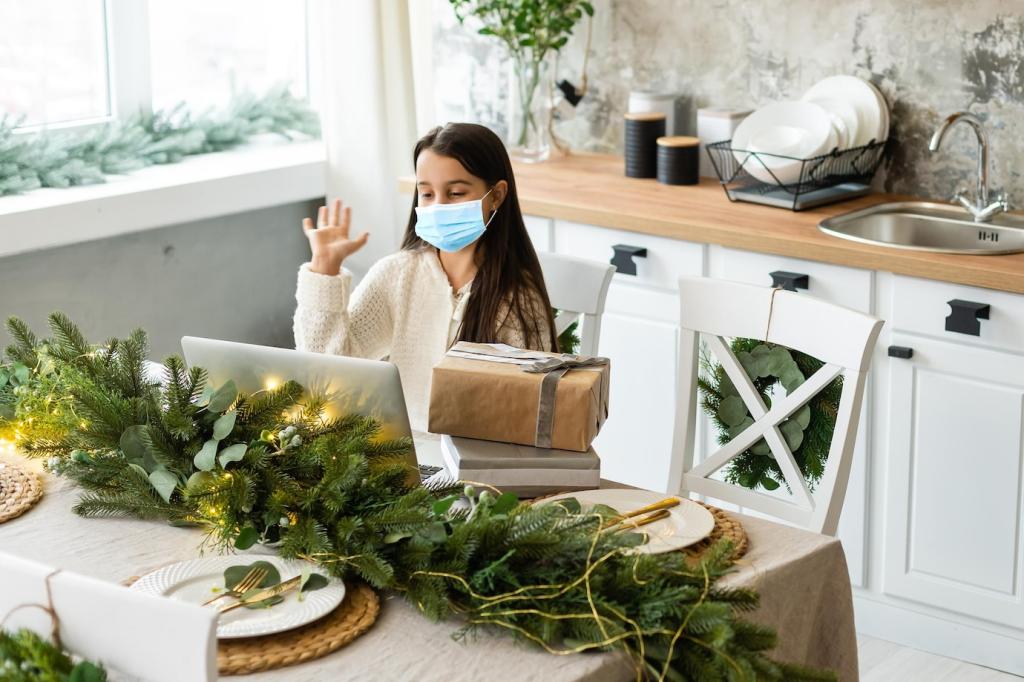
Green Cleaning Options for Furniture: Fresh, Safe, and Seriously Effective
Chosen theme: Green Cleaning Options for Furniture. Welcome to a friendlier way to care for couches, chairs, tables, and treasured pieces—without harsh fumes, mystery residues, or waste. Today, we’ll explore practical, proven, and planet-conscious methods that protect your home’s air, your family’s health, and the materials you love.
Why Green Cleaning Matters for Your Furniture
Switching to green cleaning options for furniture reduces exposure to volatile organic compounds and harsh solvents that can irritate lungs and skin. For families with kids or pets, gentle, fragrance-light products help everyone breathe easier while keeping surfaces touch-safe and comfortable for everyday living.
Why Green Cleaning Matters for Your Furniture
Choosing biodegradable ingredients lowers the chemical load that eventually washes into waterways. Small decisions—like using refillable bottles, concentrated solutions, and plant-based surfactants—accumulate into a meaningful impact, shrinking packaging waste and supporting cleaner streams, rivers, and oceans over time.
Natural Ingredients That Actually Work
Diluted white vinegar can cut everyday grime on many sealed surfaces, but always spot-test and avoid delicate finishes. Mix one part vinegar with four parts water, apply to a cloth, and wipe gently. Never use on waxed wood or unfinished surfaces, and never mix with hydrogen peroxide at the same time.
Natural Ingredients That Actually Work
Baking soda is a gentle deodorizer for fabric upholstery and cushions. Lightly sprinkle, let it rest to absorb odors, then vacuum thoroughly. For minor marks, a soft paste can help, but always test first to avoid lightening delicate dyes or altering the fabric’s texture or sheen unexpectedly.

Room-by-Room Green Furniture Care
Vacuum weekly with an upholstery tool to remove dust before it embeds. Deodorize with baking soda, then vacuum again. For spot cleaning, use a light castile soap solution on a microfiber cloth, blotting rather than rubbing. Rotate cushions to distribute wear and let fresh air in whenever weather allows.

Coffee or tea on fabric
Blot promptly with a clean, white cloth to lift liquid. Apply cool water and gently blot again. For lingering marks, dab a very mild castile soap solution and continue blotting. On light, colorfast fabrics, a diluted oxygen-based cleaner can help—spot-test in a hidden area and avoid heat until resolved.
Red wine rescue
Blot, don’t rub, working from the outside inward. Apply a little club soda to loosen pigments, and keep blotting with a fresh cloth. For colorfast fabrics, an oxygen-based cleaner can brighten the stain. Always test first, and keep the area out of direct sunlight until fully dry to prevent rings.
Grease on wood or upholstery
Sprinkle cornstarch on fresh grease to absorb oils, then gently brush away. Follow with a light castile soap solution, applied to a cloth, not the surface, and blot carefully. On sealed wood, keep moisture minimal and dry immediately. Repeat patiently rather than scrubbing, which can mar finishes or fibers.
Stories from a Greener Home
During a lively movie marathon, salsa leapt onto the armrest. We lifted the spill, sprinkled baking soda to absorb odors, then used a faint castile soap solution to blot gently. By morning, the fabric looked unbothered, and the room smelled clean, not perfumed. Share your best recovery tale with us.
Tools and Habits That Make It Easy
Build a simple green kit
Stock microfiber cloths, a soft brush, a gentle plant-based soap, baking soda, white vinegar, and labeled spray bottles. Keep a small vacuum with an upholstery attachment accessible. When everything lives together in a tote or caddy, quick cleanups happen faster, and you avoid impulse buys of harsher products.
Five-minute daily sweeps
Set a tiny timer after dinner and tidy surfaces you actually touch: chair arms, table edges, and remote nest spots. Habit stacking helps—wipe while the kettle boils. These micro-moments prevent buildup, keep air fresher, and make weekend projects lighter, all while staying within your green cleaning intentions.
Spot-test protocol
Before any cleaner touches a visible area, test on a hidden seam or underside. Use a white cloth, apply sparingly, and wait for full drying to check colorfastness and texture. Patience avoids surprises, especially with vintage finishes, natural fibers, or unknown coatings that may react unpredictably to moisture.

Engage With Our Green Cleaning Community
Share your toughest stain story
Tell us what spilled, what you tried, and what finally worked. Your experience with green cleaning options for furniture could spare someone else’s panic. Post your method, the fabric or finish involved, and any lessons learned about patience, blotting, or testing before jumping into a full clean.


Subscribe for seasonal checklists
Join our newsletter for short, practical guides: spring upholstery refresh, summer outdoor furniture care, fall wood conditioning, and winter fabric protection. Expect ingredient spotlights, tested routines, and gentle reminders that keep your home healthier and your furniture strong without overwhelming your schedule.
